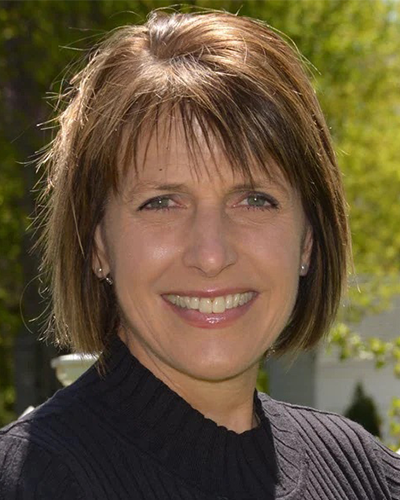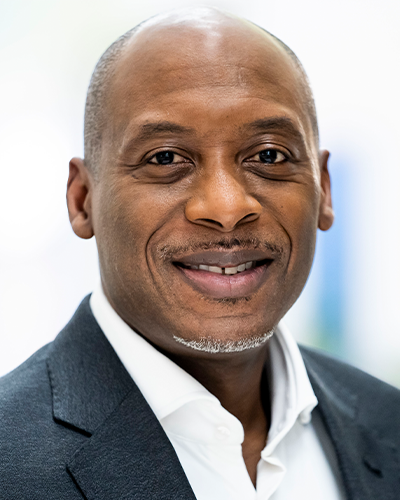People to Watch 2023 – Kim Crider
You spent 35 years in the military, including the U.S. Air Force and U.S. Space Force. How did this career prepare you for your role at Deloitte in terms of managing large, multi-year digital transformation projects?
Throughout my 35-year career, I was responsible for multi-million-dollar projects to scale IT, data and digital transformation efforts across an enterprise of more 850,000 people. I am an engineer by education and it’s always been a passion of mine to try and figure out how things work and how the dots connect.
My passion for technology and continuous learning have all come together throughout my career. Now, at Deloitte, I’m able to bring these things further than I ever could before. Not only am I still helping government partners be more effective, but I’m also taking these new learnings, understandings and insights – and bringing them to industry sectors across the board. It’s been a phenomenal ride and I couldn’t be more excited than where I am now in my career.
How are advances in AI and analytics changing the landscape for national security and defense? What are the biggest challenges and opportunities that you see there?
AI and analytics are changing the landscape for national security and defense in a number of ways. In fact, several defense organizations are beginning to realize the benefits of using AI to do the dull, dangerous or difficult jobs that humans can’t or don’t want to do.
AI and analytical technologies are accelerating mission and business processes across all areas of the U.S. Department of Defense – increasing the precision of results and providing more informed insights for decision making. For example, AI is being used to augment intelligence across all domains of operation by providing new insights on adversary action and patterns of behavior. AI is also being used to provide realistic simulations and drive models of assets in realistic, simulated environments to support more informed and robust force design, investments, training and exercises.
Nevertheless, several challenges remain in being able to fully leverage AI at scale across the national security and defense enterprise. We still do not have access to all the data when and where we need it. We still lack open platform architectures and network solutions that will facilitate rapid and protected sharing of information and AI. We are missing practices, techniques, and tools to assess the trustworthiness of our AI at scale as we roll it into our systems. We do not have a comprehensive understanding of how best to leverage AI in mission and business processes. Finally, we still lack a deep and wide bench of professionals trained in AI development, engineering, integration and the use of AI to drive mission and business outcomes.
You participate in Deloitte’s Women in AI initiative. Why is it important to attract more women to AI?
The fact of the matter is that we want our AI to be transparent, explainable, protected, robust and free of bias – that’s the only way we can ensure it’s trustworthy. This requires people, processes and technologies that can be applied to AI throughout its development, design, deployment and integration phases. The people involved in these efforts need to bring diverse perspectives to help think through innovative applications of AI, the best ways to integrate AI in human-machine teaming scenarios and the potential ways in which AI can be biased based on the data sets that are applied. Gender diversity, ethnic diversity and experience diversity are all needed to address these challenges.
Outside of the professional sphere, what can you share about yourself that your colleagues might be surprised to learn – any unique hobbies or stories?
I am an avid marathoner – having run more than 30 marathons around the world. To inform my training, help me adapt to new course environments and flat out keep me running, I have leveraged a variety of digital devices and applications over the years. And I have always been intrigued by the potential applications of technologies like AI and analytics to enable humans to enhance fitness and performance. I think there are more ways that digital assistant technologies can be integrated into our everyday lives to enrich and enhance our experiences, our learning and our potential.














